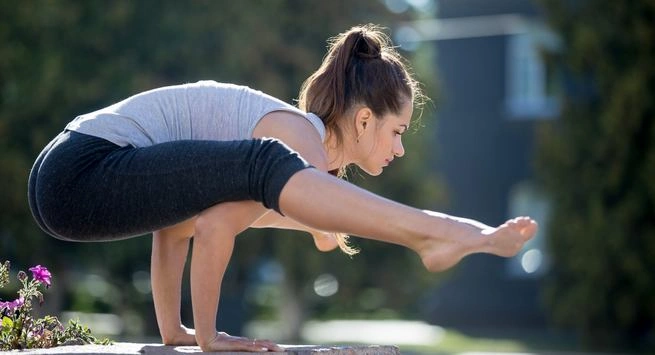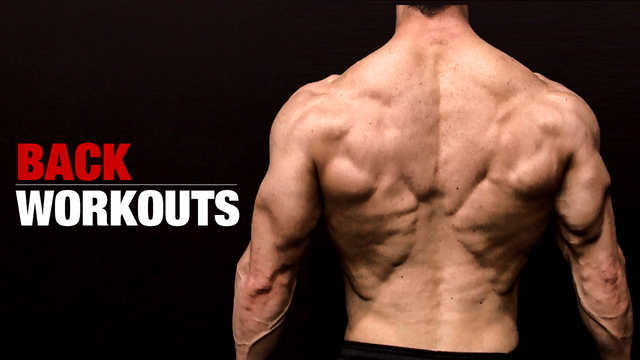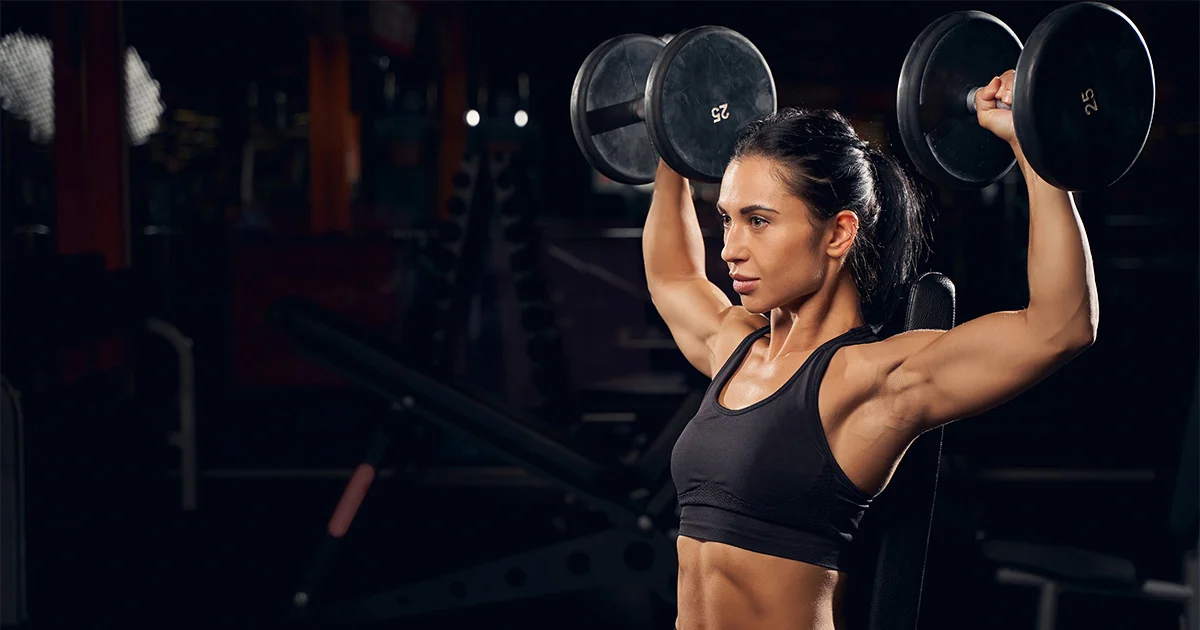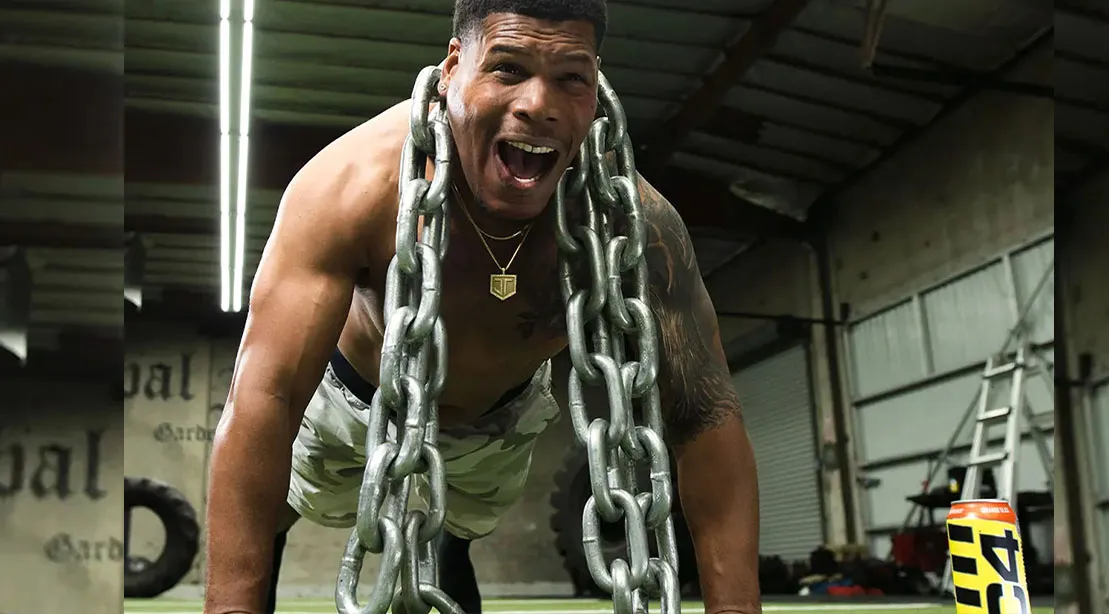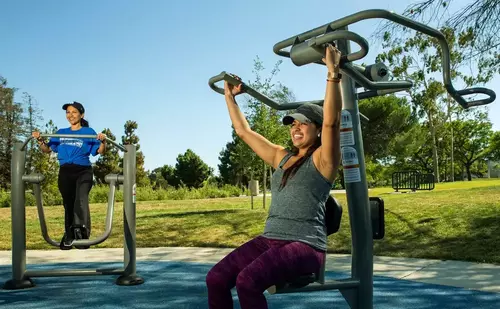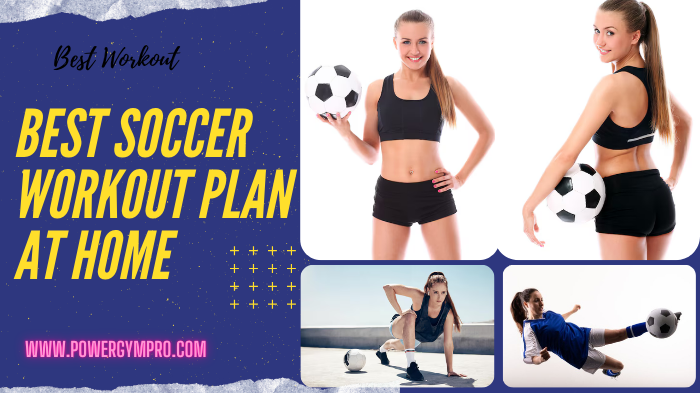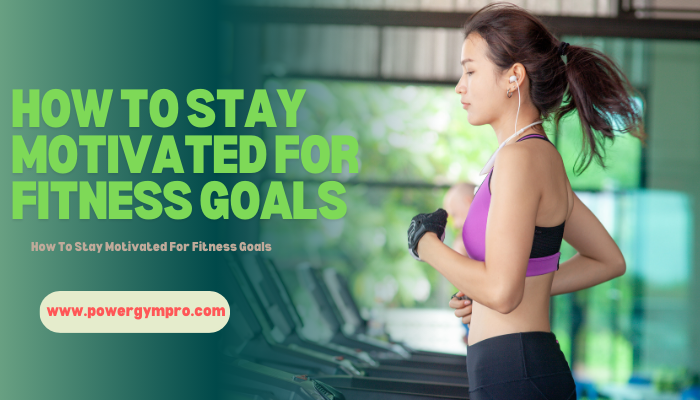In the discussion of becoming healthy, they often imagine lifting weights or jogging for miles. The truth is that there is no need for a complex regimen or expensive equipment for your gym to remain strong and fit. The most important thing is to train the whole body and not just one area. Many people have asked, "What Are The Best Full Body Workouts?" Full body exercises can help you improve your mobility and build strength evenly and help keep your body in balance from head to the toe. In this article we'll look at the full body exercises are, and why they're so important and then address the question of what are the top Full Body workouts for all levels, from novices to those who simply want to be active and healthy.
What Is a Full Body Workout?
A full-body workout is a kind of exercise program that targets all important muscle groups in one workout. Instead of focusing one day solely in your arms or a different day solely working your legs exercise throughout your body during the same exercise.
This means that your back, chest and shoulders, legs, muscles, and arms are given focus. The goal is balance. As your muscles will strengthen and your strength increases in a uniform manner and you don't wind with one area of strength and one that is weak. They also burn more calories in a shorter period of time since your entire body is in motion. This makes them ideal for those who are busy but still want to see results.
Why Full Body Workouts Are So Effective
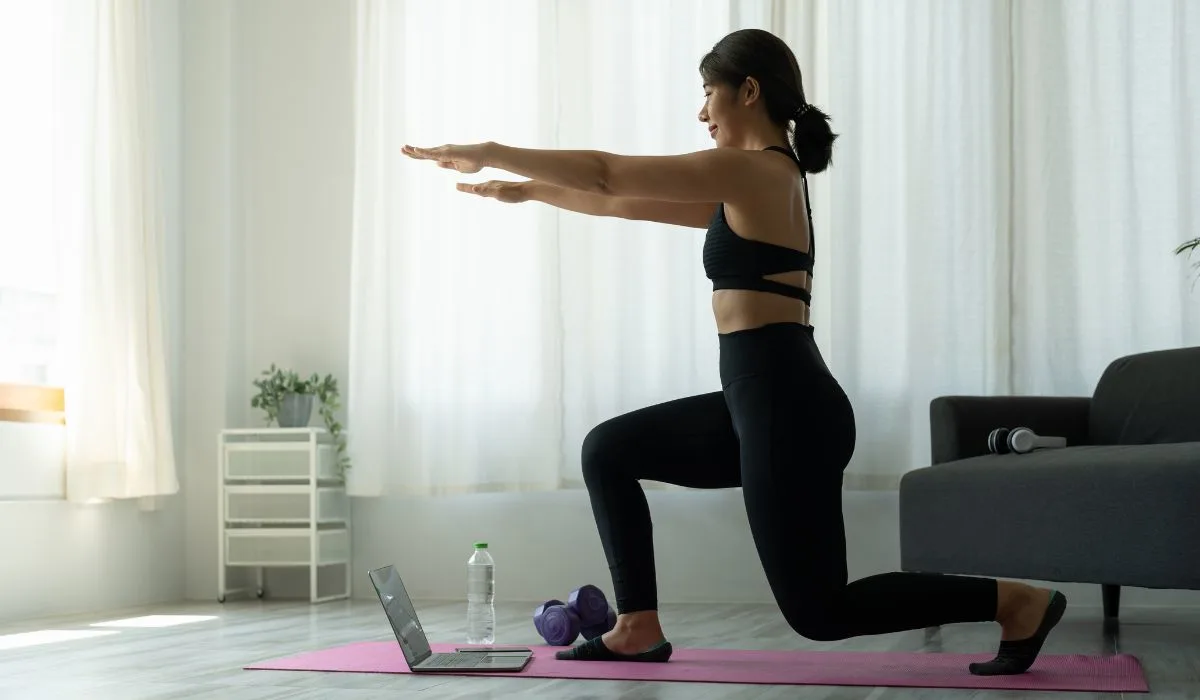
Exercises that are full body can benefit your body in a variety of ways. They're a great choice for those who are just beginning their journey, and even for people who've been working out for a long time:
1. They will save time.You don't have to join a gym every day or stick to the same long interval routine. A full body workout at least two times per week will give you amazing results.
2. They develop balanced strength.
Engaging all your muscles in one move can help prevent injuries and imbalances. It's not a good idea to have strong legs and the upper body is weak, or reverse the situation.
3. They help improve the heart's health.
Because a lot of full body workouts create large muscles working together the heart rate will go up, enhancing the cardiovascular health.
4. They increase metabolism.
As you work out, the more muscle groups that exercise simultaneously, the more the energy you use in your body. So you'll continue burning calories long after you have finished your workout.
5. They are suitable for any purpose.
If you're looking for a build up of muscle shed weight, or simply stay active, full-body exercises can be easily adjusted to suit your needs.
Read also: 10 minute hiit treadmill workout calories
The Science Behind Full Body Training
The human body has more than 600 muscles. When you work them all together your nervous system gets more efficient. It's known as the neuromuscular co-ordination--it assists your muscles and brain collaborate more quickly and efficiently.
Training for full body also releases more hormones such as testosterone and growth hormone which are essential for building muscle and loss of fat. Even if you're just starting out that means you'll be able to see tangible progress more quickly than just working out the same muscle at one.
How Often Should You Do Full Body Workouts?
If you're a beginner to exercising begin by doing two sessions a week. This allows your muscles to recover and develop. As you gain strength increase your workout up to three times a week with at minimum one day of rest between training sessions.
Example schedule:
- Monday -- Full Body Workout
- Wednesday -- Rest or Light Cardio
- Friday -- Full Body Workout
- Sunday -- Optional Stretch or Yoga
This program aids in recovering your body while also building up your endurance.
What Makes a Great Full Body Workout?
A full-body workout typically involves a variety of exercises targeted at these areas:
- Legs (Lower Body): Squats, deadlifts and lunges.
- Chest and Shoulders (Upper Body): Push-ups or bench press.
- Return: Pull-ups, rows or resistance band pulls.
- Core (Abs and Lower Back): Planks, mountain climbers and crunches.
These moves are combined into one workout that stimulates your entire body.
Read also: Quick Morning Workout To Boost Energy
Best Full Body Workouts for Beginners
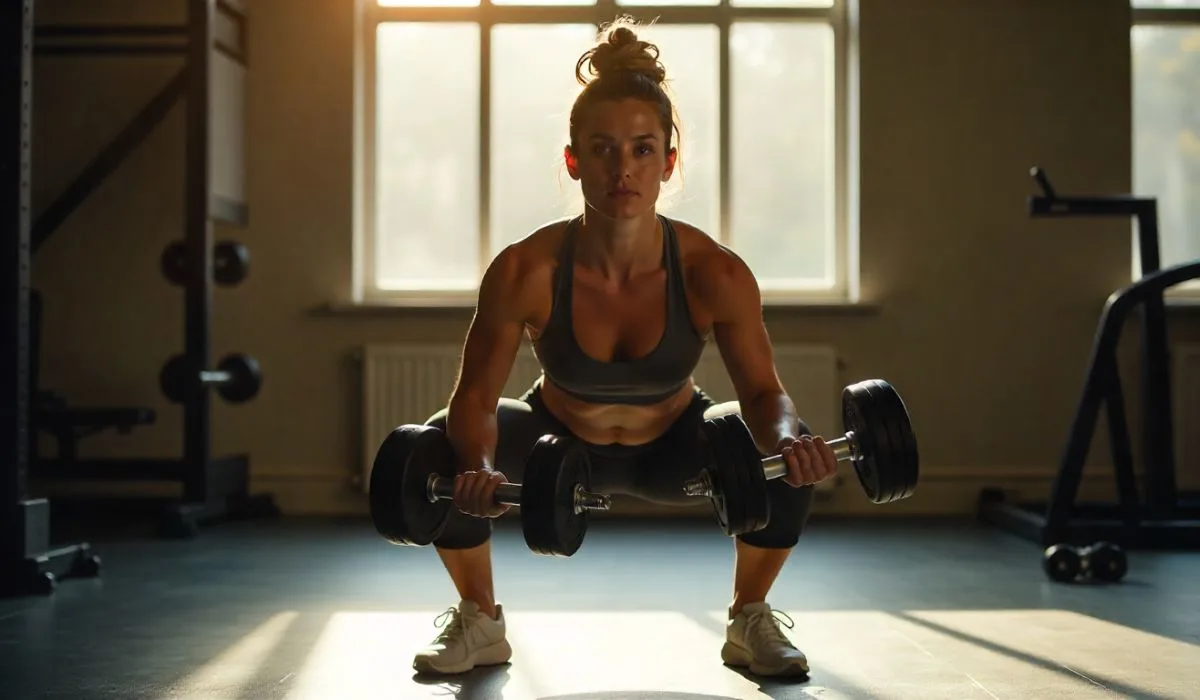
If you've never tried an organized workout before, start by doing the bodyweight exercise. They don't require any equipment and are simple to master.
Workout 1: Beginner Bodyweight Routine
- 15 Squats
- Ten Push-ups (knees down if necessary)
- 15 Lunges (each leg)
- 20-Second Plank
- 10- Superman Lifts (for the lower part of back)
Repeat this 3 times. Take a break for 60-90 second between sets.
Workout 2: Cardio + Strength Mix
- 20 Jumping Jacks
- 10 Bodyweight Squats
- 10 Push-ups
- 15 Crunches
- 30-Second Jog in Place
Repeat the circuit three times. This circuit increases endurance and strength simultaneously.
The Best Full Body Workouts for the Whole Body with Equipment
If you're equipped with the right dumbbells and resistance bands or machines, you are able to improve your fitness routine. Here's an easy gym-style version:
Workout 3: Dumbbell Power Routine
- Dumbbell Squats 12 repetitions
- Dumbbell Bench Press - 10 reps
- 1 Arm Dumbbell Row: 10 reps on each side
- Shoulder Press 10 reps
- Plank using Shoulder Taps for 30 seconds
Repeat 3 times.
This workout targets all the major muscle groups, while improving stability and balance.
Workout 4: Resistance Band Routine
- Band Squats 15 reps
- Band Chest Press 12 repetitions
- Band Rows 12 reps
- Deadlifts with Bands - 12 repetitions
- Standing Band Crunches 15 reps
Do three rounds. Bands are lightweight, inexpensive and perfect for at-home exercise.
Best Full Body Workouts at Home
Are you lacking equipment? It's no problem. You can make use of your body weight and achieve results.
Workout 5: Home Power Session
- Jump Squats - 10 reps
- Push-ups 10 reps
- Glute Bridges - 15 repetitions
- The Plank for 30 Seconds
- Burpees 5 reps
Take 3-4 turns. Pause between rounds to let your body breathe.
Workout 6: 10-Minute Full Body Blast
Set a timer to run for 10 minutes. Make as many rounds as you can of:
- 10 Bodyweight Squats
- 10 Push-ups
- 10 Sit-ups
It's quick, easy and extremely efficient if you work hard enough.
Read also: Home Workout Ideas For Busy People
Adding Cardio for a Complete Routine
It doesn't mean doing a mile for your hour. It is possible to mix it in with resistance training. Try jumping rope, cycling or walking briskly for a period of 10-20 minutes following your exercise. It improves your endurance and can help your body recover quicker by the increase in blood flow.
Common Mistakes Beginners Make
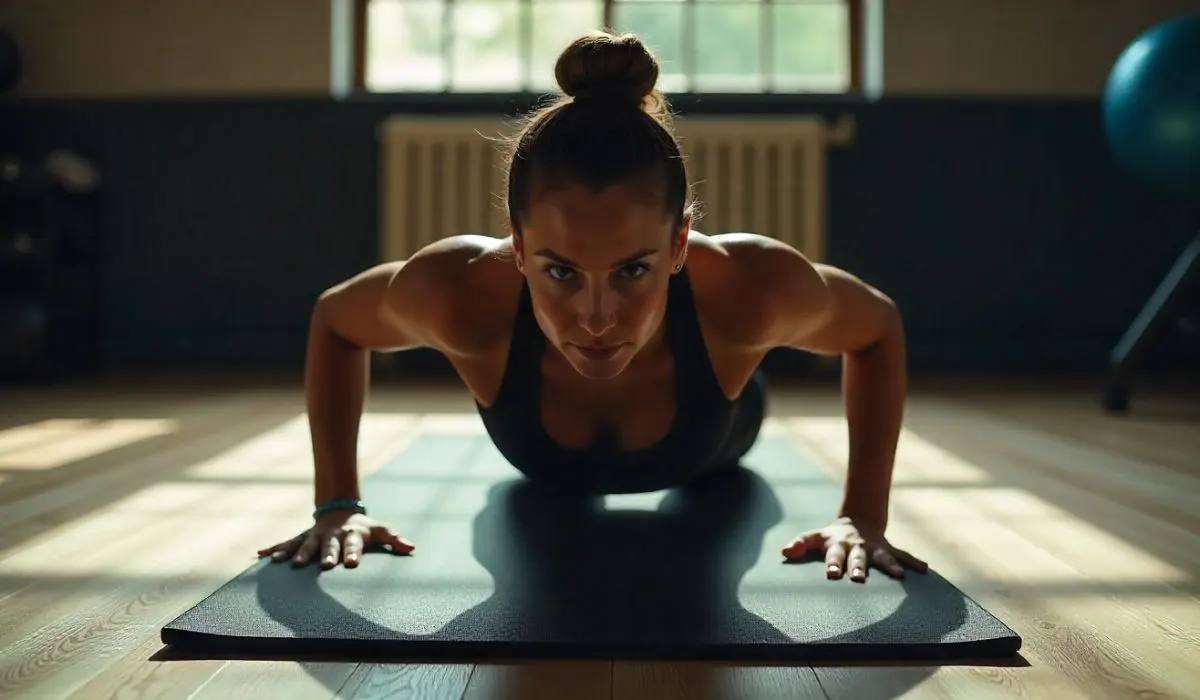
A lot of people think that the more is always better. However, your body needs to time off. Overtraining can result in fatigue or even injury. Be focused on the form first before moving. Making fewer reps with good form beats doing too many reps with poor posture.
Another mistake is to skip the warm-up phase or cooling down phase. Take minimum five minutes prior to and after every session, moving your body or stretching. This keeps your muscles in good shape and ready for the next exercise.
How to Track Your Progress
You don't require a costly fitness app to see whether you're making progress. It's easy to take notes or a diary. Write down:
- How many sets and reps you completed.
- How long did it take to complete.
- How did you feel how you felt after your workout.
If you find that you perform more repetitions or get less tired after a while it's improvement. Each week, small improvements will lead to bigger results.
Nutrition and Recovery: The Hidden Keys
Training on your own isn't enough. Your body requires energy to grow and recover stronger. Consume balanced meals that contain protein (like eggs or chicken, or tofu) and complex carbohydrates (like oatmeal or rice) and healthy fats (like olive oil or nuts). Hydration is equally important. It helps to move your muscles and joints remain in good condition. Drink at minimum 6-8 glasses of fluid each day. Also, sleep is essential. Your muscles recover while you are resting. Set a goal of 7-9 hours per evening.
How to Stay Motivated
The journey to fitness is long-term. It's not necessary to be perfect on every single day, but just regular. Set achievable, small goals such as "I'll work out three times a week" instead of a vague goal such as "I'll get fit." Recognize progress, even small successes.
Perhaps you've done an extra push-up or kept your plank longer. That's success. It's helpful to find a fitness partner or sign up for an exercise class in your area. It's important to be accountable and makes it more enjoyable when you're not on your own.
Who Should Avoid Full Body Workouts?
A majority of people can perform all-body training without risk. However, if you've suffered injuries or medical issues you should consult an expert or a trainer prior to starting.
They can help you modify your the way you move or suggest more secure alternatives. If you feel any intense pain while exercising you should stop immediately. There's a distinct difference between pain and effort. Your body will inform you which one is the case.
Advanced Variations
Once you've gotten stronger Once you've gotten stronger, you can attempt more difficult variations:
- Start adding weights gradually.
- Increase the number of sets, or decrease the rest time.
- Try compound exercises like Deadlifts and kettlebell swings.
These advanced exercises help your body to go further and can prevent plateaus.
The Best Full Body Exercises You Should Know
Here are some timeless routines that nearly every great routine will include:
1. Squats - Strengthen glutes, legs and the core.
2. Push-ups: build shoulders, chest and the triceps.
3. Deadlifts -Train back, hamstrings, as well as grip.
4. Pull-ups are great for core and upper body.
5. Planks -Increase the stability and posture.
6. Lunges - coordination, balance along with leg endurance.
7. Burpees, Cardio and total-body strength.
They never get old since they are suitable for everybody and everywhere.
Read also: Best Soccer Workout Plan At Home
Example Weekly Full Body Plan
Monday: Full Body Strength (Squats, Push-ups, Rows, Plank)
Wednesday: Cardio Mix (Jumping Jacks, Lunges, Mountain Climbers, Crunches)
Friday: Power Routine (Deadlifts, Presses, Pull-ups, Core Work)
Sunday: Active Rest (Yoga or Stretching)
This program fits well into busy schedules, and produces the best results with a balanced approach.
Final Thoughts
It's true that it's not necessary to follow complex routines to remain strong and healthy. The best method to build a healthy, strong body is with complete body workouts that test every muscle and keep you active. From squats, push-ups, and squats to lunges and planks, these basic exercises can provide long-lasting results when performed regularly.
No matter if you do them at the home gym or in a fitness center be sure to remember that the most effective body exercises are ones that you will stick with. Be patient, maintain your posture correct and you'll notice your confidence, strength, and motivation increase week by week.
FAQ's: What Are The Best Full Body Workouts
1. What is a full body workout?
Exercises for the whole body are regimens that target all the important muscle groups--chest, legs and shoulders, back and core -- in one session. They help improve balance, strength and overall fitness.
2. Who is able to do the full body workouts?
Anyone can take part, from beginner fitness enthusiasts to advanced fitness fans. These can be adapted to suit your fitness level, using weights, resistance bands, as well as gym equipment.
3. What is the best time to exercise? complete body exercises?
Beginners should aim for 2 sessions per week, with time off between sessions. As you gain experience you will have the option of increasing frequency or the intensity.
4. Are full body exercises helpful in losing weight?
Yes. They stimulate several muscle groups at once which means they burn more calories while improving metabolism, which helps the loss of fat.
5. Can I do complete body exercises at home?
Absolutely. Exercises using body weight such as squats lunges and push-ups as well as burpees, and planks are extremely effective and do not require any equipment.
6. What equipment is ideal to perform full body workouts?
Resistance bands, dumbbells kettlebells or common items like water bottles can add value to your workout routine, however bodyweight exercises are sufficient for beginners.
7. Do you know how long a complete body exercise run?
Typically, sessions last between 30 and 60 minutes depending on how fit you are, amount of exercise and rest time. Circuits that are shorter, 10-20 minutes, are suitable for beginners.
8. What are the most important exercises for a complete body exercise routine?
Essential movements include squats lunges, push-ups and rows, planks, deadlifts and shoulders presses. They target the major muscles and increase overall strength.
9. Are full body workouts appropriate for novices?
Yes. They are great for those who are just starting out as they help build balance enhance coordination, and enable gradual progress.
10. How can I keep track of my progress in full body exercises?
Keep track of sets, reps, and the weights you've that you've used. Keep track of your endurance, form as well as how your body feels following training sessions. Progressive improvements in form indicate steady progress.

